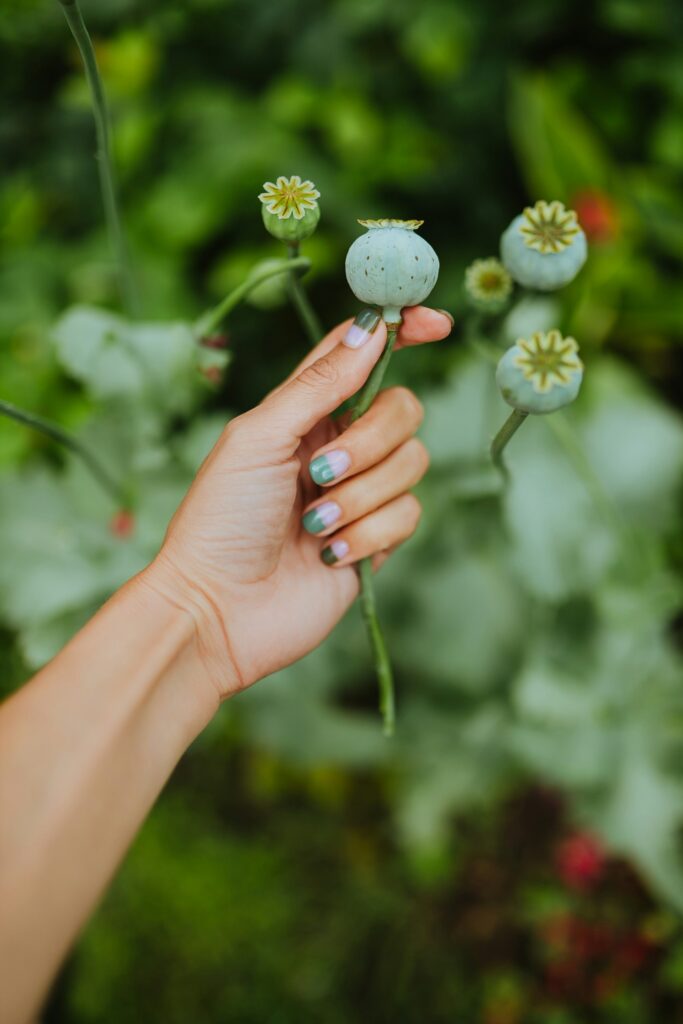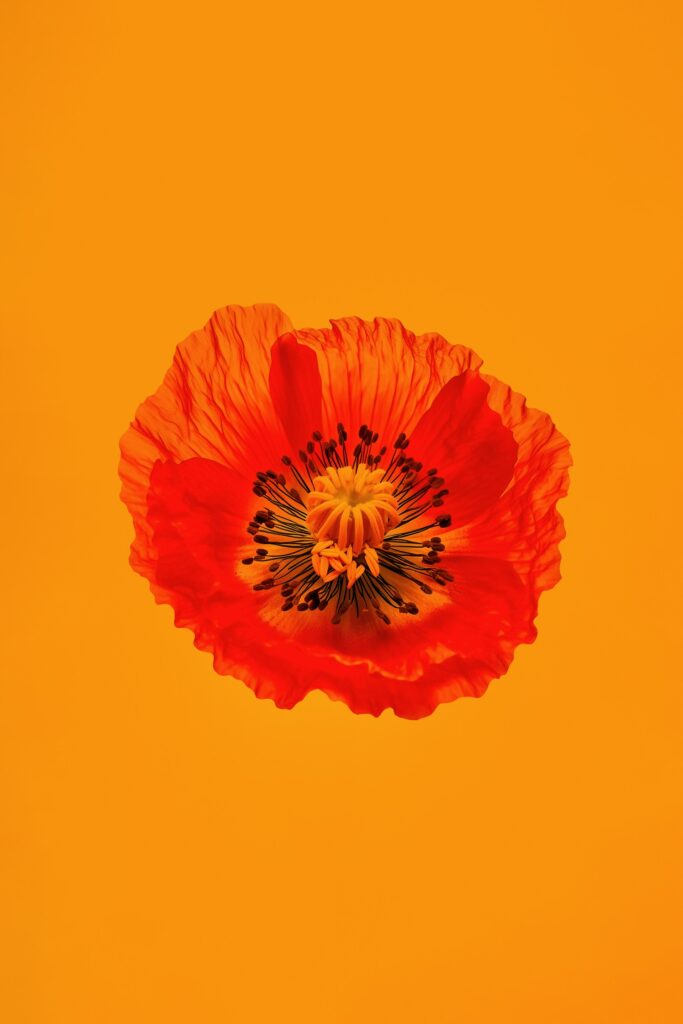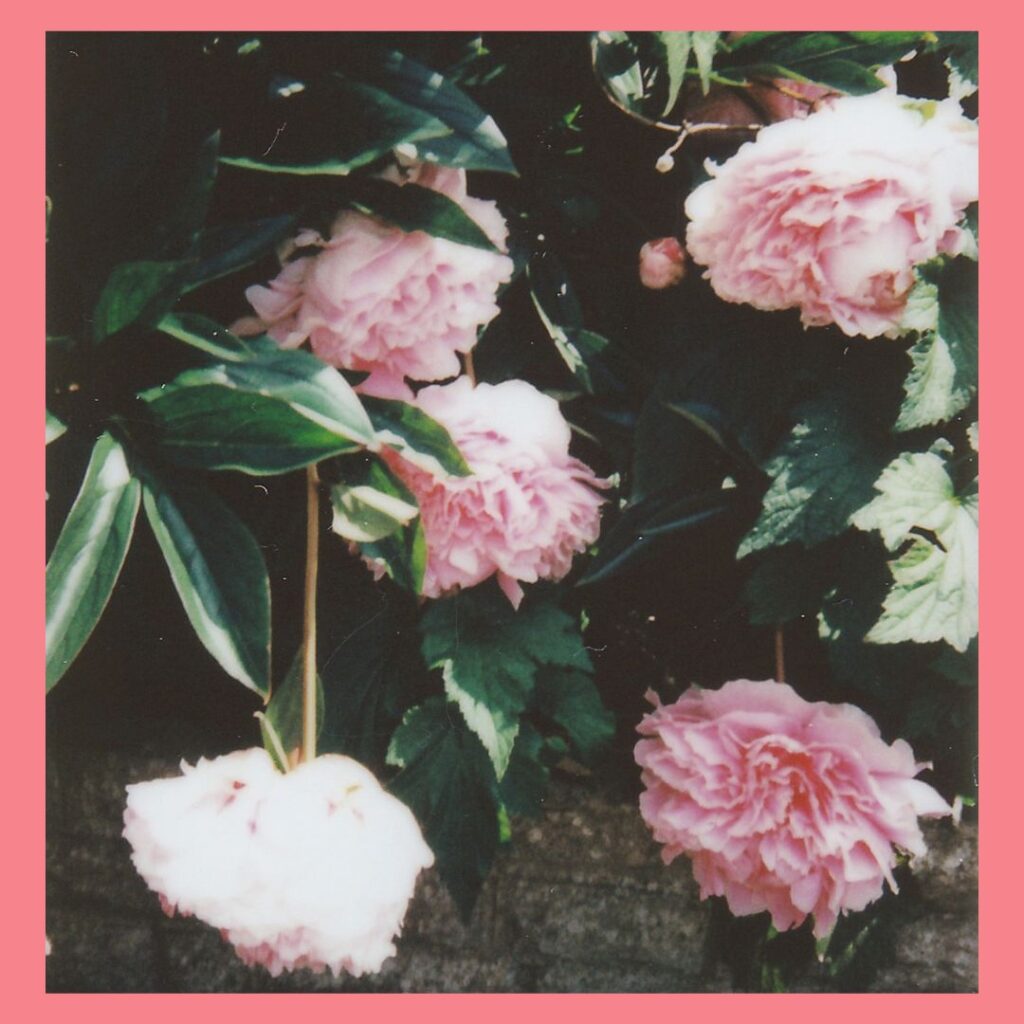Can you feel it in the air? As we creep toward the vernal equinox that heralds the arrival of spring, the United Kingdom’s landscape begins to transform, with daffodils and tulips offering visual blessings, and warblers bringing their distinctive tune to our ever brightening mornings.
It is during this season of renewal that home gardeners across the British Isles eagerly don their gloves and reach for their trowels. Indeed, march is considered the optimum month for beginning a new gardening project, as the soil is moist, and the weather is milder than in the winter season.
But what flowers have won over the affection and imaginations of British horticulturists in recent times? Well, UK plant nursery Ashridge Trees used Google Keyword Planner to analyse the number of monthly searches over the past year for 20 common flowers to determine their popularity among home gardeners.
In this horticultural census of preference and passion, they’ve delved into the UK’s favourite flowers, the ones that have captured the hearts and hoe-tending hands of the amateur horticulturist. So whether you are a seasoned gardener or a novice with aspirations of floral grandeur and need some inspiration here’s a run down of the our favourite flowers…
The Rose
Ideal for those who want a beautiful, fragrant flower that symbolises love and is easy to care for…

The rose (or “the flower of love”, as we like to call it) was identified as the UK’s favourite flower for gardeners, attracting 126,909 monthly searches on average. It’s not surprising that this flower, with its thorny stems and velveteen petals that whisper of romance and summer rain tops the list.
Roses are known for their distinct petal shape and thorny stems, and come in a variety of colours, such as red, pink, yellow and white. They can be high maintenance compared to other flowers, requiring regular watering, pruning and fertilising to prolong their health.
Roses thrive best in a location that meets the following criteria…
- Sunlight: Roses require at least 6 hours of direct sunlight each day. Morning sun is particularly beneficial because it helps dry the dew on the leaves, which can reduce the risk of fungal diseases.
- Soil: The ideal soil for roses is rich, well-drained loam. The pH should be slightly acidic to neutral (around 6.0 to 7.0). If your soil is heavy clay or sandy, you can improve it by adding organic matter such as compost or well-rotted manure.
- Air Circulation: Good air circulation helps prevent fungal diseases. Avoid planting roses too close together or in areas where air movement is blocked by walls or fences.
- Water: Roses need regular watering, especially during hot, dry periods. It’s best to water deeply at the base of the plant to avoid wetting the foliage, which can lead to disease. A drip irrigation system or a soaker hose is ideal for this.
- Nutrition: Roses are heavy feeders and will benefit from regular fertilisation. Use a balanced fertiliser designed for roses, following the instructions on the label.
- Space: Make sure there is enough space between your roses and other plants. This not only helps with air circulation but also reduces competition for nutrients and water.
- Accessibility: Plant roses where you can easily access them for pruning and care. Regular maintenance is key to keeping roses healthy and beautiful.
- Avoidance of Competition: Try not to plant roses under trees or too close to shrubs that will compete for nutrients, water, and light.
- Protection: While roses like sunlight, in very hot climates, they may benefit from light afternoon shade to protect them from the most intense heat of the day.
- Orientation: In the UK a south or west-facing aspect is often ideal for maximum sun exposure.
Sunflower
Ideal if you’re after a low-maintenance plant that attracts pollinators…

Following in second place was the sunflower, averaging 112,567 searches per month. We don’t need to tell you that Sunflowers have a striking appearance. They are relatively low maintenance provided they’re positioned in a sunny spot, especially here in the UK, where you’ll see them craning their necks to catch every last ray of our rationed sunshine.
Here’s how to choose the ideal place in your garden to grow sunflowers…
- Sunlight: Sunflowers live up to their name by requiring full sun. They need a minimum of 6 to 8 hours of direct sunlight per day. Choose a spot in your garden that isn’t shaded by trees or buildings, especially during the peak sunlight hours.
- Soil: They prefer well-draining soil. While sunflowers are not particularly picky about soil types, they do best in soil that is not waterlogged. If your garden has heavy clay soil, consider amending it with compost or sand to improve drainage.
- Space: Sunflowers can grow to be quite tall and sometimes very wide, depending on the variety. Make sure to space them accordingly, so they don’t shade out other plants in your garden. Some varieties may need to be spaced up to 2 feet apart.
- Wind Protection: Tall varieties may need some protection from strong winds, as their tall stalks can be vulnerable to breaking. Planting them along a fence or near a building can provide some shelter. Alternatively, you may need to stake them as they grow.
- Rotation: Avoid planting sunflowers in the same location year after year as this can lead to a build-up of pests and diseases specific to sunflowers. Practice crop rotation.
- Nutrients: Sunflowers are not particularly nutrient-hungry, but they do grow best in fertile soil with good levels of nitrogen. Adding a balanced, slow-release fertiliser at planting time can help support their growth.
- pH Level: They prefer a soil pH between 6.0 and 7.5. If your soil is too acidic or too alkaline, you may need to adjust it.
- Accessibility: Plant sunflowers in an area where you can easily access them for maintenance, such as watering, staking, and harvesting seeds if desired.
Poppies
Ideal if you’re after resilient, low-maintenance plants that are fast-growing, drought hardy and oh-so pretty…


In third place was the poppy, our favourite annual that lives fast and dies young. It generated an average of 111,677 monthly searches. Poppies are a comparatively small species and have delicate petals that are often red but can be other colours such as orange or pink.
Poppies, can be planted during early spring, especially the California, Iceland and Oriental varieties, all of which thrive in mild or cooler climates, and can even tolerate some frost. Indeed, once planted they are easy to maintain as they don’t require a lot of attention and can thrive regardless of soil type.
Poppies are versatile flowers that can thrive in a variety of garden settings, but they do have some specific preferences that can help them grow to their full potential. Here are some tips for choosing the ideal place to grow poppies in your garden:
- Sunlight: Poppies love the sun. They require a position in full sun to flourish, meaning at least 6 hours of direct sunlight per day. This helps them produce the most abundant and vibrant blooms.
- Soil: Poppies prefer well-drained soil. They can tolerate a range of soil types, from sandy to loamy, but they do not like to sit in wet soil as this can lead to root rot. If your garden has heavy clay soil, consider amending it with sand or organic matter to improve drainage, or plant poppies in raised beds.
- Space: While poppies aren’t particularly large plants, they do need some space to ensure adequate air circulation. This helps prevent fungal diseases. Space them according to the instructions for the specific variety you are planting.
- Shelter: Although they need full sun, poppies can benefit from some protection against strong winds, which can damage their delicate petals and stems. Planting them near a fence or among other plants can provide some shelter.
- pH Level: Poppies are not overly fussy about soil pH, but they generally prefer a neutral to slightly acidic soil, with a pH of around 6.0 to 7.0.
- Nutrients: Poppies do not require highly fertile soil; in fact, too much fertiliser can lead to more foliage and fewer blooms. A balanced, slow-release fertiliser applied once a year in the spring is usually sufficient.
- Watering: While poppies need regular watering to establish themselves, once they are established, they are quite drought-tolerant. It’s important to avoid overwatering, which can cause problems with root rot.
- Companion Planting: Consider planting poppies with other drought-tolerant plants that enjoy similar conditions. This will help create a cohesive and low-maintenance garden bed.
- Avoiding Pests and Diseases: Poppies are relatively resistant to pests and diseases, but good garden hygiene can help prevent any issues. Remove any dead or diseased plant material promptly, and ensure there is good air circulation around the plants.
- Timing: Finally, consider the timing of your poppy planting. Some poppies are annuals and can be sown directly into the ground in early spring or fall. Others are perennials and may be best planted as young plants in the spring or fall.
Hydrangea
Ideal if you’re after a hardy, shade-tolerant flower that has colourful blooms…

Ranking fourth was the hydrangea with an average 85,428 monthly searches. Hydrangeas have big, rounded petals that produce a spherical shape and can be found in a range of colours, such as blue or white. They are relatively easy to care for, although they thrive best in moist soil and partial shade.
They are a versatile flowering shrubs that can thrive in a variety of garden locations, but to find the ideal spot for growing hydrangeas in your garden, consider the following factors:
- Light: Most hydrangeas prefer partial shade, particularly in the afternoon. Morning sun with afternoon shade is ideal for many varieties. However, some can tolerate full sun, especially in cooler climates, as long as they are kept moist.
- Soil: Hydrangeas thrive in rich, porous, somewhat moist soils. They prefer soil that is well-draining but can retain moisture.
- Water: Hydrangeas need plenty of water, especially during hot, dry spells. The soil should be kept moist, but not waterlogged, as this can lead to root rot.
- Air Circulation: Good air circulation around the plants can help prevent fungal diseases. Avoid overcrowding by spacing them according to their mature size.
- Protection: If you live in an area with strong winds or heavy winter frost, plant hydrangeas in a location where they can be sheltered from the elements.
- Specific Garden Locations: Hydrangeas can be used as stunning border plants. They can create a beautiful backdrop for other flowers or be used as the main attraction.
Peony
Ideal for if you’re after a hardy, low maintenance plant with stunning, fragrant blooms…

Rounding out the top five was the peony, commanding 81,013 searches per month. Peonies are one of the most romantic flowers, with lush, full blooms that are most popular in shades of pink. They are hardy, low effort plants but need regular watering.
It’s no wonder that Peonies one of our favourite flowers, with their lush foliage and large, showy flowers. To grow peonies successfully, consider the following factors when choosing a location in your garden:
- Sunlight: Peonies thrive in full sun to partial shade. They need at least 6 hours of sunlight each day, so choose a spot that receives ample sunlight. Morning sun is particularly beneficial because it helps dry the dew on the leaves, which can reduce the risk of fungal diseases.
- Soil: They prefer well-drained soil that is rich in organic matter. Before planting, it’s a good idea to work in some compost or aged manure to improve soil fertility and structure.
- Space: Peonies need space to grow. They should be planted about 3 feet apart from other plants to ensure good air circulation, which helps prevent disease.
- Protection from Wind: While peonies like a sunny and open location, they also benefit from some protection from strong winds, which can damage their large blooms. Planting them near a fence or wall, or among other shrubs, can offer some shelter.
- pH Level: The ideal soil pH for peonies is neutral to slightly alkaline, around 6.5 to 7.5. If your soil is too acidic, you may need to add some garden lime to raise the pH.
- Watering: Peonies don’t like to sit in water, so make sure the site doesn’t collect standing water after a rain. They do need regular watering, especially during the summer months, but the soil should drain well.
- Avoid Competition: Don’t plant peonies too close to trees or large shrubs, as they will compete for nutrients and moisture. Peonies have a deep root system and do not like to compete with the roots of other plants.
- Stability for Stems: Since peony flowers can be quite heavy, it’s a good idea to have a support system in place or plant them where they can be easily staked. This will prevent the stems from breaking under the weight of the blooms.
Remember that peonies are long-lived perennials, often living for decades, so it’s worth taking the time to prepare the site properly. They also don’t like to be moved, so choose a spot where they can remain undisturbed for many years.
The Bottom Line
From the classic English rose, steeped in history and romance, to the cheerful sunflower, standing tall and bright. We love these flowers not only for their ability to thrive in the capricious British climate, but because they are darn beautiful. Your neighbours will become green-eyed monsters of garden envy with these babies in your garden.
Now, get planting! For a little extra motivation, here’s 5 ways gardening can help your mental wellbeing.






